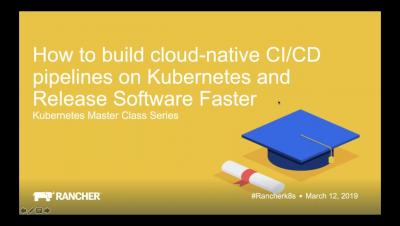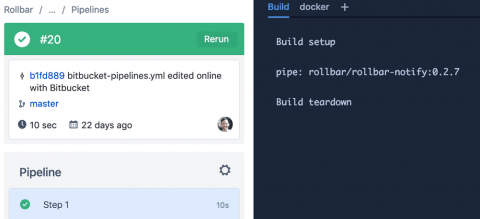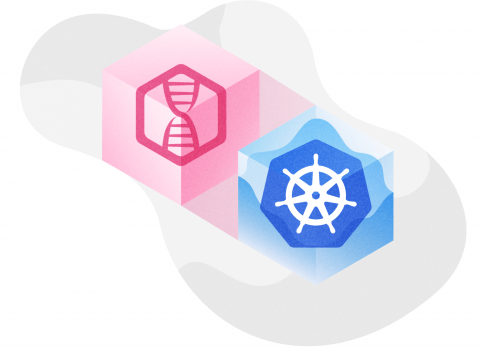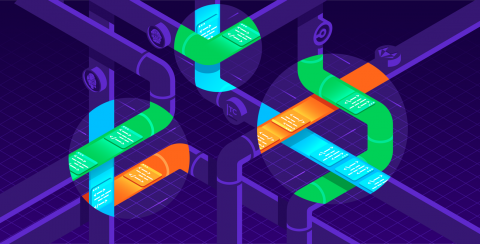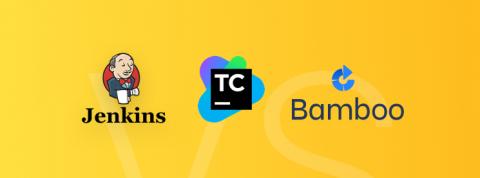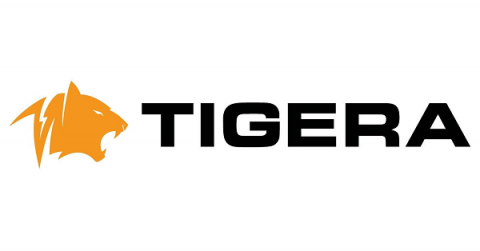Operations | Monitoring | ITSM | DevOps | Cloud
CI CD
The latest News and Information on Continuous Integration and Development, and related technologies.
How to Build Cloud Native CI/CD Pipelines on Kubernetes and Release Software Faster
Jira features demo: Advanced Search/Quick Filters & Bitbucket Pipelines in Jira - Demo Den March
Introducing the Rollbar Pipe for Bitbucket Pipelines
Automating your deployment process is a critical step towards adopting continuous delivery. For teams that use Bitbucket for hosting their source code, Bitbucket Pipelines provide an easy way to automatically build and deploy when changes are made in your origin repository. The Rollbar team is excited to participate in the launch of Bitbucket Pipes, which make it even easier to configure your pipeline.
Using Chef, Puppet, and Ansible to Manage Kubernetes
In a previous post, we explained the concept of configuration management and presented three of the most popular tools: Chef, Puppet, and Ansible. We also briefly explored the impact that containerization is having on configuration management, and how the two can be used in combination. This article takes a more in-depth look at this relationship by presenting different techniques for using Chef, Puppet, and Ansible to deploy and manage a Kubernetes cluster.
Optimize Communications for Your Continuous Integration and Continuous Delivery (CI/CD) Process
Continuous Integration and Continuous Delivery (CI/CD) is becoming a standard process in organizations that embrace agile development. CI/CD tools like Bitbucket, Bamboo and Jenkins can help by automating many of the build and deployment steps. However, there are still situations where human intervention is required and Opsgenie can make sure the right responders are notified to take quick action.
Monitor all your CI pipelines with Datadog
With continuous integration becoming standard practice, getting full visibility into your CI pipelines has become a key part of monitoring and troubleshooting. Datadog gives you that visibility with out-of-the-box support for several continuous integration tools, including: GitLab, Jenkins, Travis CI, CircleCI and TeamCity. Monitoring your CI servers can help you identify bottlenecks in your pipelines.
Battle of the Automation Servers: Jenkins vs. Bamboo vs. TeamCity
In many product development workflows, there are three main concerns: building, testing, and deployment. In this scenario, every change that is made to the code means something could accidentally go wrong, so to lessen the likelihood of this happening, developers assume many strategies to reduce incidents and bugs. One strategy is to adopt continuous integration tools (CI): used together with a source version software to verify if something has gone wrong for every update.
Chef vs. Puppet vs. Ansible: Comparing Configuration Management Tools
Configuration management is an essential process for DevOps teams. It allows engineers to manage dozens, hundreds, or even thousands of machines in a consistent and automated way. While there are many configuration management tools available, three of the most popular are Chef, Puppet, and Ansible. In this post, we’ll explain how these tools work and the unique benefits that they offer.
Adding CVE scanning to a CI/CD pipeline
A Docker image contains an application and all its dependencies. As it also contains the numerous binaries and libraries of an OS, it’s important to make sure no vulnerabilities exist in its root filesystem, or at least no critical or major ones. Scanning an image within a CI/CD pipeline can ensure this additional level of security.



